Learn How to Create Beautiful Landscape Quilts
Have you ever looked at a breathtaking landscape and thought, “I wish I could capture that beauty and bring it to life?” Well, with landscape quilting, you can do just that! This fascinating art form allows you to transform your love for nature into stunning quilts that not only tell a story but also showcase your creativity and skills. Whether you're a seasoned quilter or just starting out, diving into the world of landscape quilting can be both rewarding and exhilarating.
In this article, we will explore the intricacies of landscape quilting, from understanding its rich history and unique techniques to selecting the right fabrics and colors. We’ll also share some tips on finding inspiration and mastering essential quilting techniques that will help you create beautiful pieces that reflect the natural world around you. So, grab your fabric stash and let’s embark on this colorful journey together!
Landscape quilting is more than just sewing fabric together; it’s a beautiful blend of artistry and craftsmanship. Originating from traditional quilting practices, landscape quilting has evolved into a distinctive form of textile art that allows quilters to represent various natural scenes, from serene mountains to vibrant meadows. The principles of landscape quilting often include the use of perspective, color, and texture to create depth and interest in your work.
As you delve into the world of landscape quilting, you’ll find that it’s not just about the final product but also about the journey. Each quilt is a reflection of the quilter's personal experiences, emotions, and inspirations drawn from the beauty of nature. The techniques involved can vary widely, but they all share the common goal of capturing the essence of the landscapes that inspire us.
When it comes to landscape quilting, selecting the right fabrics is crucial for achieving the desired effect. The fabric you choose can significantly influence the overall look and feel of your quilted landscapes. From cotton to silk, each fabric type has its own unique characteristics that can enhance your design.
Different fabrics serve various purposes in landscape quilting. Here’s a brief overview of some common fabric types:
- Cotton: This versatile fabric is a quilter's best friend. It’s easy to work with, comes in an array of colors and prints, and is perfect for both piecing and appliqué.
- Silk: For a touch of luxury, silk can add a beautiful sheen to your quilt. Its delicate nature makes it ideal for detailed appliqué work.
- Specialty Fabrics: Consider using fabrics like batiks or hand-dyed materials for added texture and depth in your landscapes.
Understanding color theory can significantly impact your quilt's aesthetics. The right color combinations can evoke specific emotions and set the mood for your landscape quilt. Think about how colors interact with one another and how they can create harmony or contrast. For instance, warm colors like reds and yellows can bring energy and warmth, while cool colors like blues and greens can evoke calmness and serenity.
Incorporating texture and patterns adds depth to your quilts. By layering different fabrics and using prints, you can create dynamic landscapes that engage the viewer. Techniques such as free-motion quilting can also add texture to your quilt, making it visually captivating. Remember, the goal is to create a quilt that not only looks beautiful but also feels rich and inviting to the touch.
Finding inspiration is essential for any creative project. Nature is an endless source of ideas, and you might find yourself inspired by a walk in the park, a stunning sunset, or even a photograph. Here are some sources to spark your imagination:
- Nature Photography: Capture the beauty of landscapes through photos, and use them as a reference for your quilt designs.
- Art: Explore paintings and other textile arts for different interpretations of landscapes.
- Personal Experiences: Draw from your own memories and experiences in nature to create unique designs.
Mastering various techniques is vital for successful landscape quilting. From piecing to appliqué, each method plays a crucial role in bringing your designs to life. Let’s take a closer look at some essential techniques that can help you create stunning landscape quilts.
Piecing is a fundamental technique in quilt-making that involves sewing together different fabric pieces to create a cohesive design. There are several piecing methods you can explore:
- Foundation Piecing: This technique allows for precise shapes and angles, making it perfect for intricate landscape designs.
- Improvisational Piecing: Embrace spontaneity by sewing fabric pieces together without a strict plan, allowing your creativity to flow.
Appliqué adds dimension and detail to landscape quilts. This technique involves sewing a piece of fabric onto a larger piece to create shapes and images. You can experiment with different appliqué methods, such as:
- Raw-Edge Appliqué: This method gives a more casual, textured look and allows for quick assembly.
- Needle-Turn Appliqué: For a more polished finish, this technique involves turning the edges of the appliqué fabric under as you sew.
The finishing touches can elevate your quilt's overall appearance. Once you’ve completed your quilt top, it’s time to think about binding, labeling, and other final steps that ensure your landscape quilt is polished and ready for display.
Binding is essential for a clean finish. You can choose from various binding techniques, including:
- Straight Binding: A simple and effective method that works well for most quilts.
- Bias Binding: This technique allows for more flexibility and is great for quilts with curved edges.
Labeling adds a personal touch and provides important information about your quilt. Consider creating a label that reflects the story behind your landscape quilt, including details like the date, location, and any special memories associated with the quilt. It’s a wonderful way to make your quilt even more meaningful.
Q: What is landscape quilting?
A: Landscape quilting is a form of textile art that captures natural scenes through the use of fabric, color, and texture.
Q: What fabrics are best for landscape quilting?
A: Cotton is commonly used, but silk and specialty fabrics can also enhance the overall design and texture of your quilt.
Q: How can I find inspiration for my quilt designs?
A: Look to nature, photography, art, and your own experiences for inspiration. Keep a sketchbook to jot down ideas!
Q: What techniques should I learn for landscape quilting?
A: Focus on mastering piecing, appliqué, and quilting techniques to create stunning landscape quilts.
So, are you ready to dive into the colorful world of landscape quilting? With the right techniques, materials, and a little bit of inspiration, you’ll be on your way to creating breathtaking quilts that capture the beauty of the natural world!
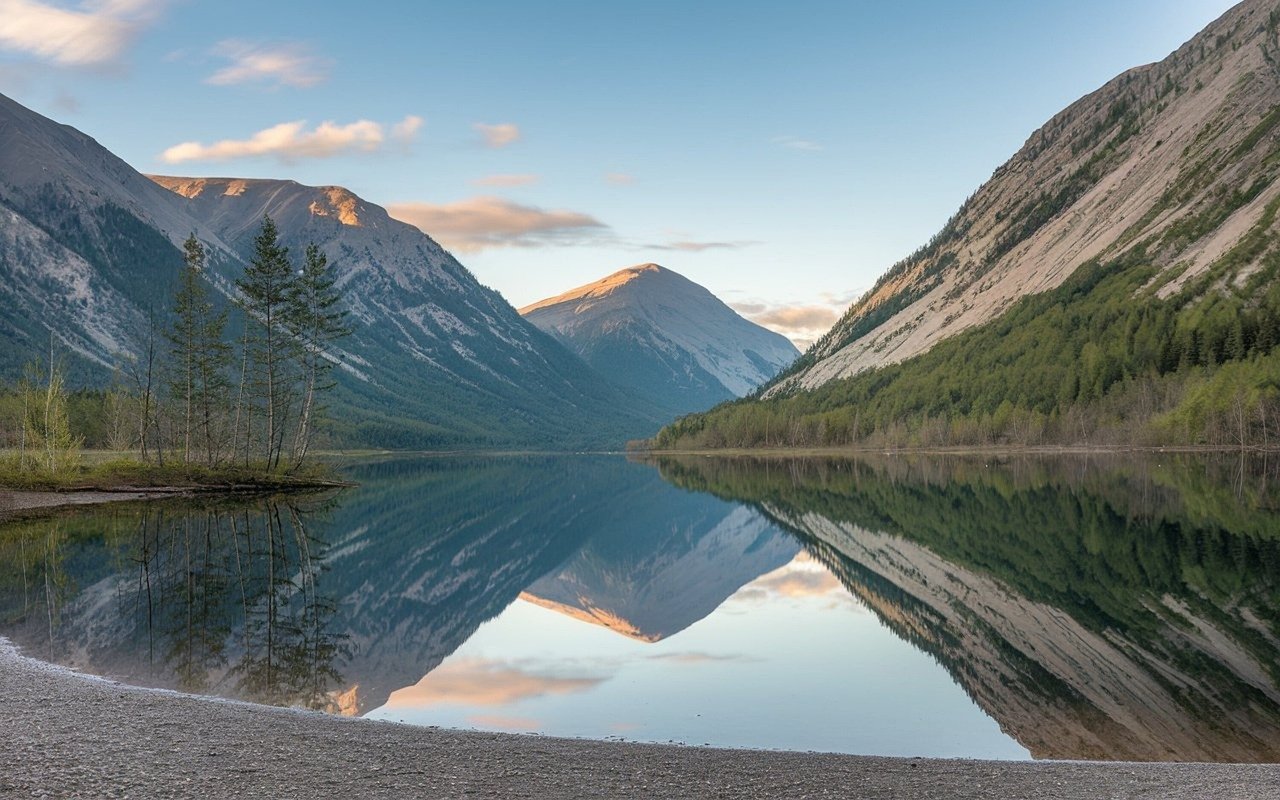
Understanding Landscape Quilting
Landscape quilting is more than just a craft; it’s a beautiful fusion of artistry and skill that allows quilters to encapsulate the breathtaking scenes of nature in fabric. Imagine transforming a serene sunrise or a lush forest into a stunning quilt that not only warms your bed but also your heart. This art form has a rich history, evolving over the years from traditional quilting techniques into a vibrant medium for personal expression and storytelling.
The roots of landscape quilting can be traced back to the early days of quilting when artisans used scraps of fabric to create functional items. However, as the craft developed, quilters began to realize that they could use their skills to depict landscapes, capturing the essence of the outdoors in a way that is both tactile and visual. Today, landscape quilts often serve as a canvas for creativity, reflecting the quilter's personal experiences and inspirations drawn from nature.
At its core, landscape quilting is governed by a few key principles that make it unique:
- Composition: Just like a painter chooses the placement of elements on a canvas, a landscape quilter must consider how to arrange fabrics to create a harmonious scene.
- Color Balance: The right colors can evoke emotions and set the mood of the quilt. Understanding how different colors interact is crucial for creating a captivating landscape.
- Texture: Incorporating various textures can add depth and dimension, making the quilt visually engaging and inviting to touch.
One of the most exciting aspects of landscape quilting is the freedom it offers. There are no strict rules; instead, quilters are encouraged to explore their creativity. Some may opt for realistic representations of landscapes, while others might take a more abstract approach, using shapes and colors to convey feelings rather than exact images. This versatility makes landscape quilting a captivating form of textile art that resonates with many.
Moreover, the techniques involved in landscape quilting can vary greatly. From traditional piecing methods to innovative appliqué techniques, each quilter brings their unique flair to the craft. As you delve into landscape quilting, you’ll find that experimentation is key. Don’t hesitate to try new methods or combine different techniques to achieve the look you desire. Whether you’re layering fabrics to create depth or using intricate stitching to add detail, the possibilities are endless!
In summary, understanding landscape quilting involves appreciating its history, principles, and the creative freedom it offers. As you embark on your quilting journey, remember that each quilt tells a story—your story. So grab your fabrics, unleash your creativity, and let the beauty of nature inspire your next masterpiece!
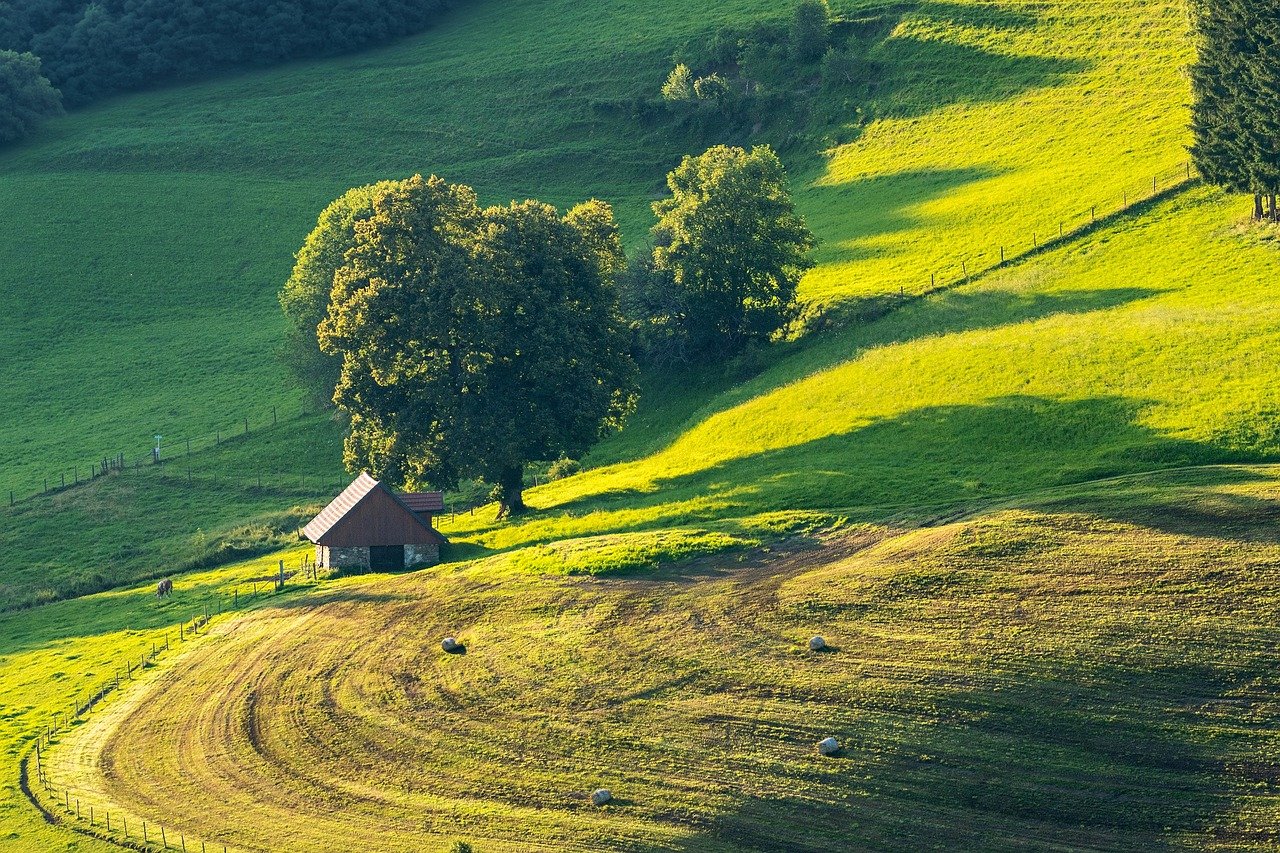
Choosing the Right Fabrics
When it comes to landscape quilting, the choice of fabric can make or break your project. The right fabrics not only enhance the visual appeal of your quilt but also help you convey the emotions and essence of the landscapes you aim to depict. Think of your quilt as a canvas; just as an artist carefully selects paint colors, you too must choose your fabrics with intention. In this section, we will explore the various fabric types, color palettes, and textures that can elevate your quilt designs to new heights.
The first step in choosing the right fabrics is understanding the different types available. Each fabric has its unique properties that can affect the look and feel of your quilt. For instance, cotton is a popular choice among quilters due to its durability and ease of handling. It comes in a wide range of colors and patterns, making it versatile for various landscape themes. On the other hand, silk can add a luxurious touch to your quilt, offering a beautiful sheen that mimics the play of light on water or the softness of clouds. Specialty fabrics, such as batiks or hand-dyed materials, can introduce unique textures and patterns that add depth to your landscapes.
Now, let’s talk about color palettes. The colors you choose will significantly impact the mood of your quilt. For example, vibrant colors can evoke feelings of joy and energy, while muted tones may convey calmness and serenity. When selecting a color palette, consider using the color wheel as a guide. You can create harmonious designs by choosing colors that are adjacent to each other on the wheel (analogous colors) or opt for a more dynamic look by using complementary colors—those that are opposite each other on the wheel. A well-thought-out color palette can transform a simple quilt into a stunning piece of art that captures the essence of a landscape.
Texture is another crucial element to consider when choosing fabrics. A landscape quilt often benefits from a variety of textures, which can be achieved by layering different fabric types. For instance, combining smooth cotton with textured fabrics like flannel or velvet can create a fascinating visual contrast. Additionally, using prints can help depict natural elements such as trees, flowers, or skies. By incorporating a variety of textures and patterns, you can create a quilt that not only looks beautiful but also feels inviting to touch.
| Fabric Type | Characteristics | Best Uses |
|---|---|---|
| Cotton | Durable, easy to work with, available in many colors | General quilting, landscapes, and detailed designs |
| Silk | Luxurious, smooth, has a natural sheen | Adding elegance, mimicking light effects |
| Batik | Hand-dyed, unique patterns, rich colors | Creating depth, adding interest to landscapes |
| Flannel | Soft, warm, textured | Backgrounds, cozy quilts |
In conclusion, choosing the right fabrics for your landscape quilt is an essential step that requires careful thought and consideration. By understanding the various types of fabrics available, experimenting with color palettes, and incorporating different textures, you can create a quilt that is not only visually stunning but also tells a story. So, next time you embark on a landscape quilting project, remember that your fabric choices are the brushstrokes that will bring your artistic vision to life.
- What type of fabric is best for beginners? Cotton is often recommended for beginners due to its ease of use and availability.
- Can I mix different fabric types in one quilt? Yes! Mixing fabric types can add depth and interest to your quilt.
- How do I choose a color palette? Consider using the color wheel and think about the mood you want to convey.
- What is the benefit of using specialty fabrics? Specialty fabrics can add unique textures and patterns that enhance the overall design of your quilt.
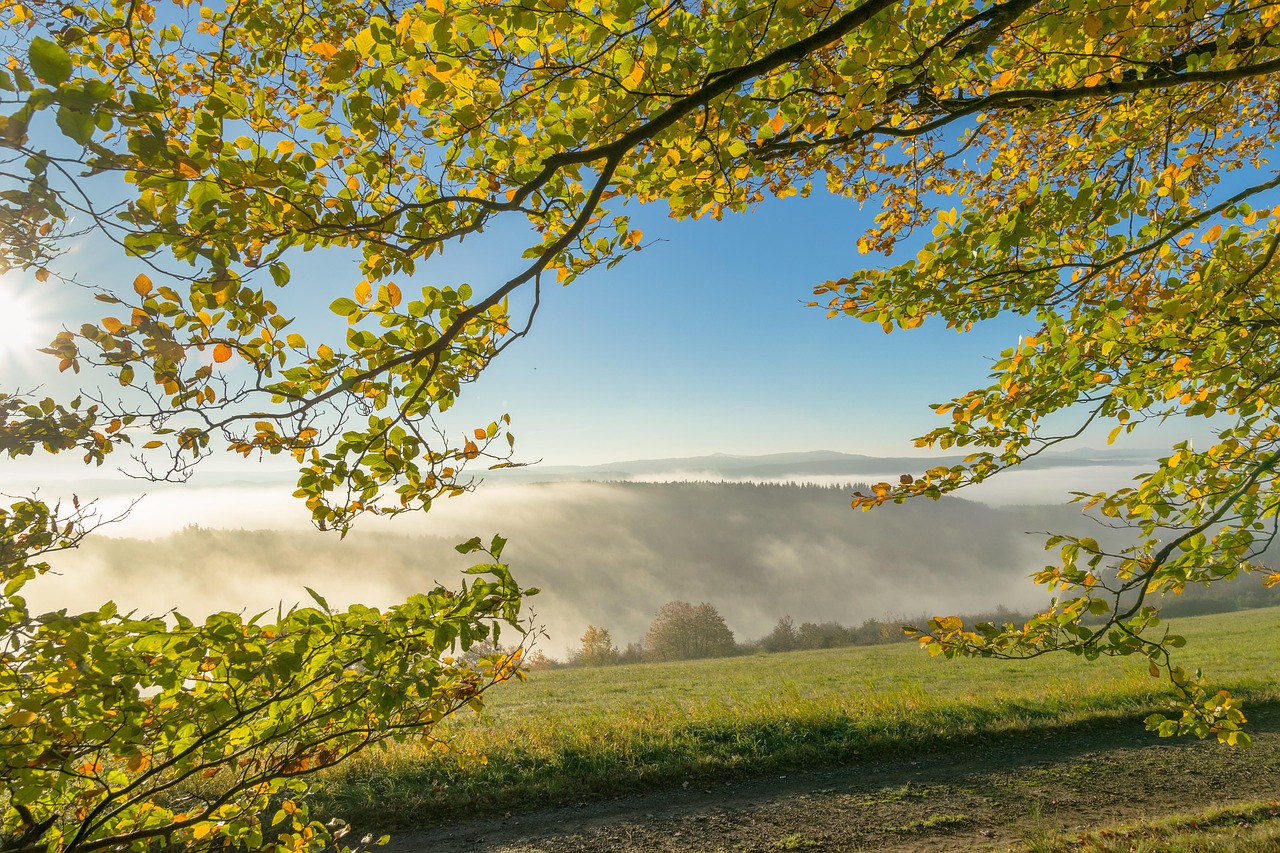
Fabric Types and Their Uses
When it comes to landscape quilting, the choice of fabric is not just a matter of preference—it's a crucial element that can make or break your quilt's overall aesthetic. Different fabrics offer unique textures, colors, and weights, which can significantly influence the final look of your masterpiece. Let's explore some of the most popular fabric types used in landscape quilting and how they can enhance your designs.
Cotton is the most commonly used fabric in quilting, and for good reason. Its durability, ease of handling, and wide variety of prints and colors make it an ideal choice for landscape quilts. Cotton fabrics can easily be pieced together, and they hold their shape well, allowing for intricate designs. Whether you're creating a serene sunset or a vibrant forest scene, cotton provides a solid foundation for your artistic vision.
Another fabulous option is silk. Although it may be more challenging to work with due to its slippery nature, silk can add a luxurious touch to your quilt. The natural sheen of silk can create stunning visual effects, especially when capturing the play of light in landscapes. Imagine the shimmer of a sunlit lake or the delicate glow of moonlight on a snowy scene—silk can help you achieve these effects beautifully.
Specialty fabrics, such as batiks and hand-dyed fabrics, can also play a significant role in landscape quilting. These fabrics often feature unique patterns and textures that can add depth and interest to your designs. Batiks, with their rich colors and intricate designs, can evoke the complexity of nature, while hand-dyed fabrics can provide subtle variations that mimic the organic feel of landscapes. Using these fabrics creatively can turn an ordinary quilt into a stunning piece of art.
In addition to these primary fabric types, you might consider incorporating sheer fabrics into your landscape quilts. Sheer fabrics, like organza, can be layered over other fabrics to create a sense of depth and dimension. This technique can be particularly effective when depicting elements like clouds or fog, allowing you to convey a sense of atmosphere in your work.
To summarize, here's a quick reference table that outlines the different fabric types and their uses in landscape quilting:
| Fabric Type | Uses | Characteristics |
|---|---|---|
| Cotton | Foundation for piecing, versatile designs | Durable, widely available, easy to work with |
| Silk | Adds luxury and sheen to landscapes | Soft, slippery, creates light effects |
| Specialty Fabrics (Batik, Hand-dyed) | Enhances visual interest and depth | Unique patterns, rich colors, organic feel |
| Sheer Fabrics | Creates layers and atmospheric effects | Lightweight, translucent, adds depth |
Choosing the right fabric is essential for achieving the desired effect in your landscape quilt. Remember, the fabric you select will not only impact the visual appeal of your quilt but also how it feels and how well it holds up over time. So, take your time exploring different options, and don’t hesitate to mix and match to create something truly unique!
- What is the best fabric for beginners in landscape quilting? Cotton is highly recommended for beginners due to its ease of use and availability.
- Can I mix different fabric types in one quilt? Absolutely! Mixing fabrics can add depth and interest to your quilt, just be mindful of their different handling properties.
- How do I prevent silk from slipping while quilting? Use a walking foot on your sewing machine and consider using a fabric stabilizer to help keep silk in place.
- What is the best way to care for my landscape quilt? Always follow the care instructions for the fabrics used, but generally, gentle washing and air drying are recommended to preserve the quilt’s beauty.
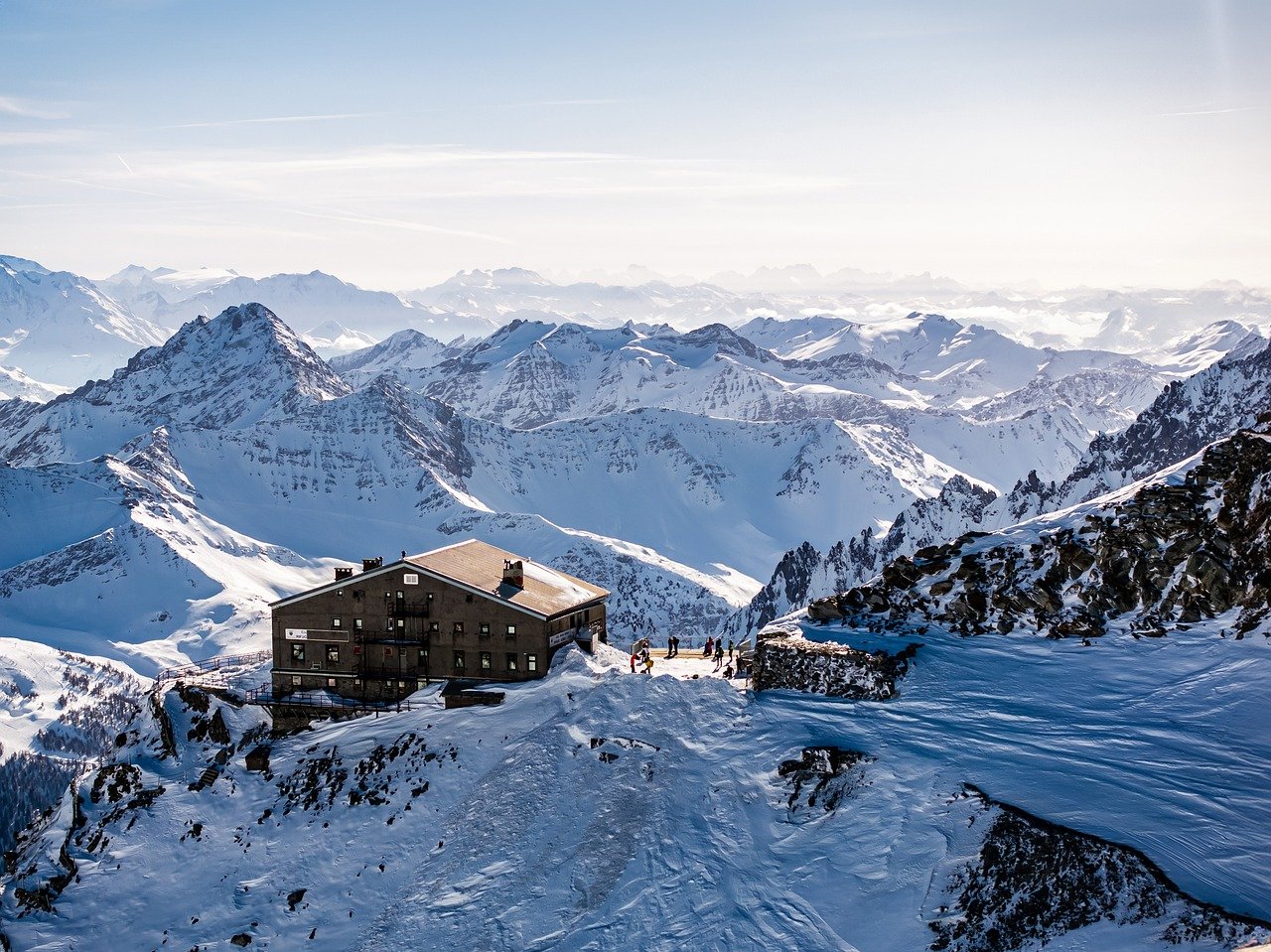
Color Theory in Quilting
Understanding color theory is essential for any quilter looking to create stunning landscape quilts. Just like a painter selects colors to convey emotions and set the mood, a quilter must also consider how colors interact with one another. The right color choices can evoke feelings of serenity, vibrancy, or even drama in your quilted landscapes. Think of color as the language of your quilt; it tells a story without saying a word.
When selecting colors, it's helpful to grasp the basics of color harmony. This concept revolves around how colors work together. For example, complementary colors—those opposite each other on the color wheel—create a striking contrast that can make elements of your quilt pop. On the other hand, analogous colors—those next to each other—provide a more harmonious and soothing effect. Imagine a sunset quilt; using shades of orange, pink, and purple can create a beautiful gradient that mimics the sky.
| Color Harmony Type | Description | Example |
|---|---|---|
| Complementary | Colors that are opposite on the color wheel | Blue and Orange |
| Analogous | Colors that are next to each other on the color wheel | Yellow, Yellow-Green, and Green |
| Triadic | Three colors evenly spaced on the color wheel | Red, Yellow, and Blue |
In addition to harmony, understanding contrast is crucial. High contrast can draw attention to specific areas of your quilt, while low contrast can create a more subtle, blended look. For instance, if you're depicting a mountain range against a sky, using a deep navy for the sky and a lighter shade for the mountains can create a striking visual separation.
Moreover, consider the emotional impact of colors. Each color carries its own psychological weight—blue can evoke calmness, while red can stir excitement. When designing your quilt, ask yourself what feelings you want to convey. Do you want your landscape to feel peaceful and serene, or do you want it to be vibrant and full of life? This introspection will guide your color choices and make your quilt resonate with viewers.
Finally, don't forget about the texture and patterns of the fabrics you choose. A solid color can create a bold statement, while a patterned fabric can add complexity and depth to your landscape. Mixing different textures can also enhance the visual interest of your quilt. Think of it like layering flavors in a dish; each element contributes to a richer overall experience.
In summary, mastering color theory is a powerful tool in your quilting arsenal. By understanding harmony, contrast, emotional impact, and texture, you can create landscape quilts that not only capture the beauty of nature but also tell a compelling story. So, grab your fabric swatches and let your imagination run wild!
- What is color theory? Color theory is a set of principles used to understand how colors interact, combine, and affect each other.
- Why is color important in quilting? Color significantly impacts the aesthetic appeal and emotional response of a quilt.
- How can I choose the right colors for my landscape quilt? Consider the mood you want to convey, use color harmony principles, and experiment with different fabric textures.
- Can I mix patterns and textures in my quilt? Absolutely! Mixing patterns and textures can create depth and visual interest in your landscape quilts.
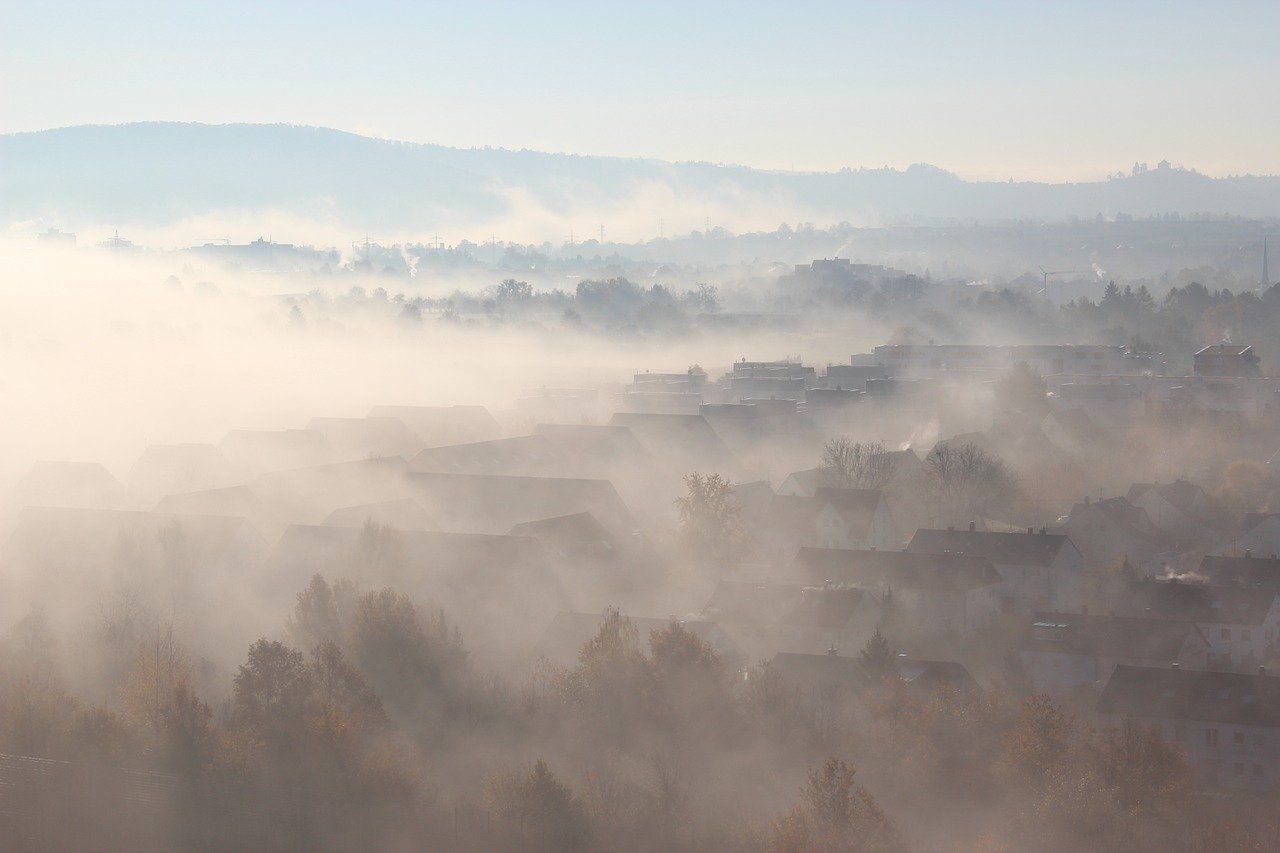
Texture and Patterns
When it comes to creating stunning landscape quilts, play a pivotal role in enhancing the overall visual appeal. Imagine walking through a lush forest or standing before a breathtaking mountain range; the textures of the leaves, the roughness of the rocks, and the smoothness of the sky all come together to create a vivid experience. Similarly, in quilting, the right combination of textures and patterns can transform a simple quilt into a captivating piece of art that tells a story.
One of the most effective ways to incorporate texture into your landscape quilt is through the layering of different fabrics. By using a variety of materials such as cotton, silk, and even specialty fabrics, you can create a sense of depth and dimension. For instance, using a soft, velvety fabric for the foreground can make it pop against a backdrop of smoother cotton representing the sky. This interplay of textures not only attracts the eye but also invites the viewer to touch and feel the quilt, making it an interactive experience.
Patterns are equally important in landscape quilting. They can mimic the natural elements found in outdoor scenes. For example, using a floral print for a garden scene or a geometric pattern for a modern interpretation of mountains can significantly elevate your design. Patterns can be strategically placed to guide the viewer's eye across the quilt, creating a sense of movement and flow. When choosing patterns, consider how they complement the overall theme of your quilt. A well-thought-out pattern can evoke emotions and memories, much like a beautiful photograph captures a moment in time.
To further illustrate the importance of texture and patterns, let’s take a look at some common techniques that quilters use:
| Technique | Description | Effect |
|---|---|---|
| Layering | Using multiple fabric layers to create depth. | Enhances dimensionality and makes elements stand out. |
| Contrast | Combining different patterns and colors. | Creates visual interest and highlights focal points. |
| Texture Mixing | Incorporating various fabric textures. | Adds richness and tactile appeal. |
Incorporating these techniques can truly elevate your landscape quilts. Don’t be afraid to experiment with different combinations of textures and patterns. The beauty of quilting lies in its versatility; you can create anything from a serene beach scene to a bustling cityscape, all by playing with fabric choices. Remember, your quilt is a canvas, and each stitch is a brushstroke that contributes to the masterpiece you are creating.
- What types of fabrics are best for creating texture in landscape quilts? Cotton, silk, and specialty fabrics like minky or velvet can all add unique textures to your quilt.
- How can I choose patterns that complement my landscape theme? Consider the elements of nature you want to depict and select patterns that reflect those themes, such as floral prints for gardens or abstract designs for modern landscapes.
- Is it necessary to use a variety of textures in my quilt? While it’s not mandatory, using a variety of textures can significantly enhance the visual interest and depth of your quilt.
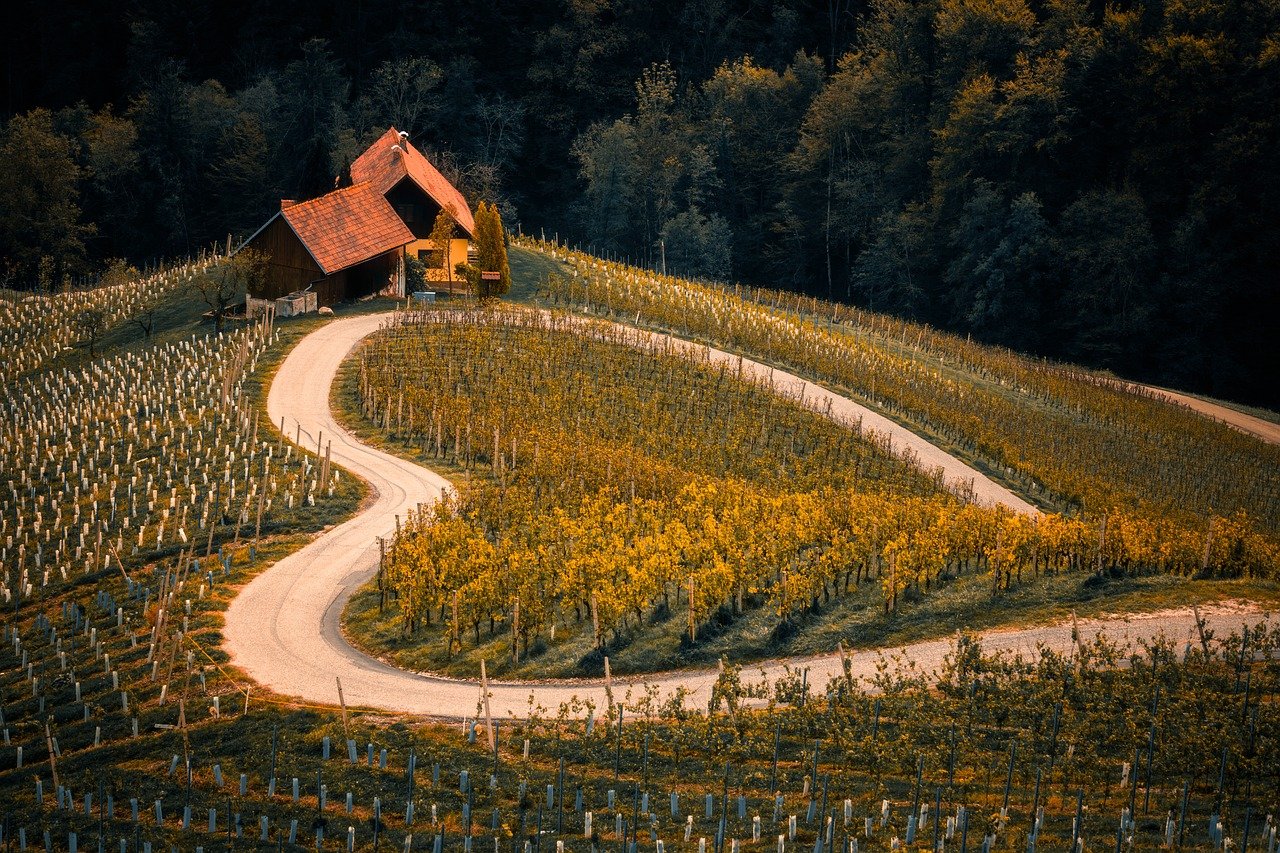
Inspiration for Landscape Designs
Finding inspiration for landscape quilt designs can be as exhilarating as the process of creating the quilt itself. Just like a painter gazes at a sunset for inspiration, quilters can look to the world around them to spark their creativity. Nature is filled with breathtaking scenes, from rolling hills to serene lakes, and each of these can be translated into fabric art. But where do you start? Here are some captivating sources to ignite your imagination:
- Nature Photography: Photographs of landscapes can serve as excellent references. They capture the essence of colors, shapes, and textures that you can replicate in fabric. Consider visiting local parks or browsing through online galleries to find stunning images that resonate with you.
- Art and Paintings: Artists have long been inspired by nature. Take a trip to an art museum or explore online art collections. You might find a color palette or a particular style that speaks to you and can be adapted into your quilting project.
- Your Personal Experiences: Reflect on your own memories of nature. Perhaps a childhood visit to the beach or a hike in the mountains left a lasting impression. Use these memories to guide your design choices, incorporating elements that evoke those feelings.
- Seasonal Changes: Each season offers a unique palette and scenery. The vibrant colors of autumn leaves, the soft pastels of spring flowers, or the stark beauty of winter landscapes can all be sources of inspiration for your quilts.
In addition to these sources, consider keeping a sketchbook where you can jot down ideas, doodle designs, or even paste in clippings and photos that inspire you. This personal collection will be invaluable when you sit down to create your quilt. Remember, inspiration can strike at any moment, so always be ready to capture those fleeting ideas!
Lastly, don’t underestimate the power of community. Joining quilting groups, whether online or in-person, can expose you to new ideas and techniques. Sharing your work and seeing what others have created can provide fresh perspectives and inspire your next landscape quilt. After all, creativity thrives in collaboration!
Q: What materials do I need to start landscape quilting?
A: Basic materials include a sewing machine, fabric (cotton is a great start), thread, scissors, and a rotary cutter. As you progress, you may want to explore specialty fabrics and tools.
Q: How do I choose the right colors for my landscape quilt?
A: Understanding color theory is essential. Consider using a color wheel to find complementary colors, or draw inspiration from nature to create a harmonious palette that evokes the mood you want.
Q: Can I use photographs as a guide for my landscape quilt?
A: Absolutely! Photographs can provide a detailed reference for colors, shapes, and overall composition. Just remember to interpret them in your own unique style.
Q: What techniques are best for beginners?
A: Start with basic piecing and appliqué techniques. As you gain confidence, you can experiment with more advanced methods. Don't hesitate to seek tutorials or classes to enhance your skills.
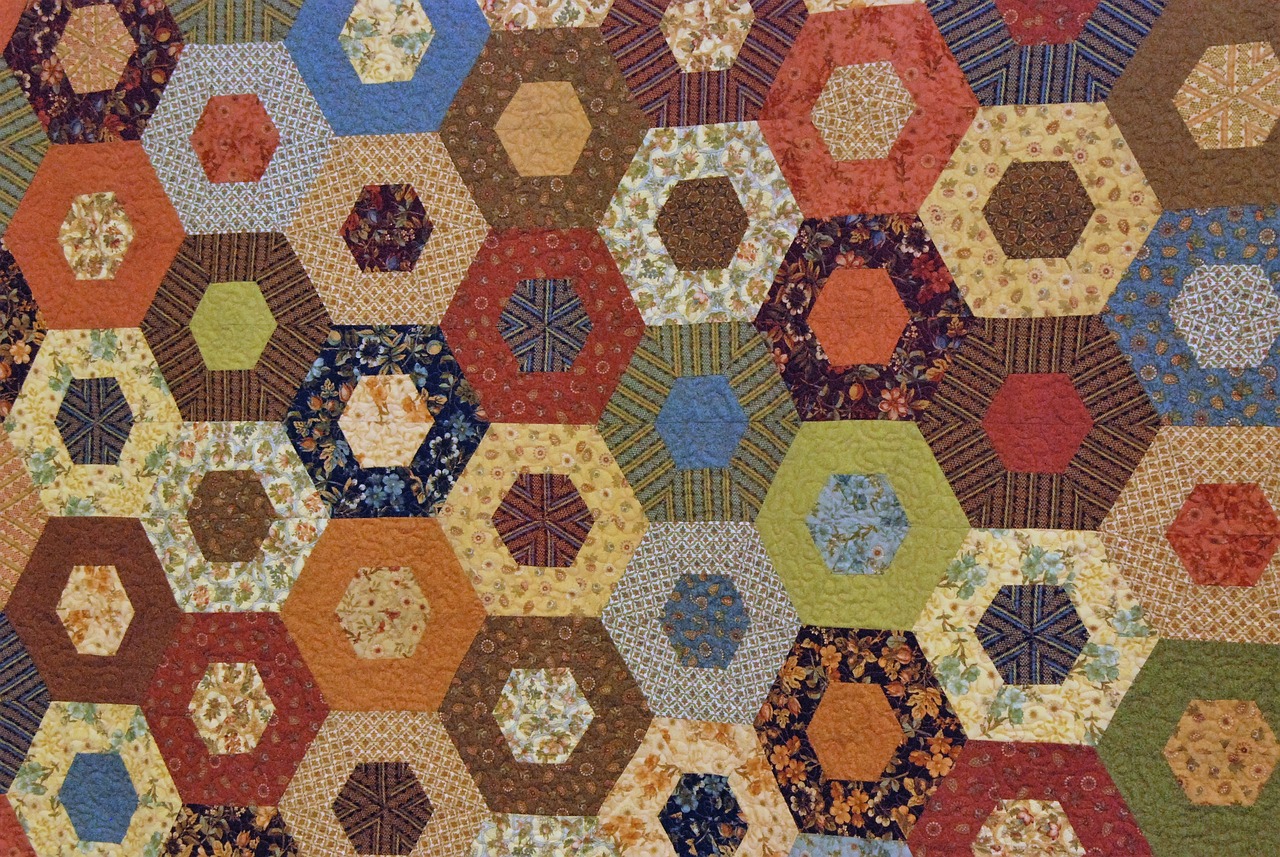
Techniques for Creating Landscape Quilts
Mastering various techniques is vital for successful landscape quilting. It's not just about sewing pieces of fabric together; it's about transforming those pieces into a breathtaking representation of nature. Whether you’re a novice or an experienced quilter, understanding the different methods can help you bring your artistic vision to life. Let’s dive into some essential techniques that will elevate your landscape quilts from simple patches to stunning works of art.
One of the foundational techniques in quilt-making is piecing. This involves sewing together different fabric pieces to create a cohesive design. There are several methods to explore, such as foundation piecing, which allows for precision and accuracy, especially when working with intricate designs. Alternatively, you might find improvisational piecing liberating, as it encourages spontaneity and creativity. This method allows you to play with fabric shapes and sizes, giving your quilt an organic feel that mirrors the unpredictability of nature.
Next up is appliqué, a technique that adds dimension and detail to your quilts. Appliqué involves stitching one piece of fabric onto another, which can create stunning visual storytelling. There are various methods to consider, such as raw-edge appliqué, where the edges of the fabric are left unturned, resulting in a more casual, textured look. On the other hand, needle-turn appliqué provides a more polished finish as it involves turning the edges under while sewing, giving your quilt a clean and professional appearance. Each method has its charm and can dramatically change the overall feel of your landscape quilt.
To give you a clearer picture, here’s a simple comparison of the two appliqué techniques:
| Technique | Description | Best For |
|---|---|---|
| Raw-Edge Appliqué | Edges are left unturned, creating a textured look. | Casual designs, quick projects. |
| Needle-Turn Appliqué | Edges are turned under while stitching for a polished finish. | Detailed designs, professional quality. |
Once you've pieced and appliquéd your quilt, it’s time to consider the quilting techniques that will enhance your landscape. Quilting not only secures the layers together but also adds texture and depth. You can choose from various quilting styles, such as free-motion quilting, which allows for creative freedom and intricate designs, or straight-line quilting, which provides a clean, modern look. The choice of quilting technique can significantly affect the final appearance of your landscape quilt, so consider what best complements your design.
Incorporating these techniques into your landscape quilts can truly transform your work. Remember that quilting is an art form, and each stitch tells a story. Experimenting with different methods can lead to unexpected results, much like a painter mixing colors on a palette. So, grab your fabric, let your imagination run wild, and create a landscape quilt that not only reflects nature but also showcases your unique artistic voice.
- What is landscape quilting? Landscape quilting is a form of textile art that involves creating quilts that depict scenes from nature, using various fabrics and techniques.
- Do I need to be an expert to start landscape quilting? No, landscape quilting can be enjoyed by quilters of all skill levels. Start simple and gradually explore more complex techniques.
- What fabrics are best for landscape quilts? Cotton is a popular choice due to its versatility, but silk and specialty fabrics can also add unique textures and effects.
- How do I choose colors for my quilt? Understanding color theory can help. Consider using a color wheel to find hues that complement each other and evoke the desired mood.
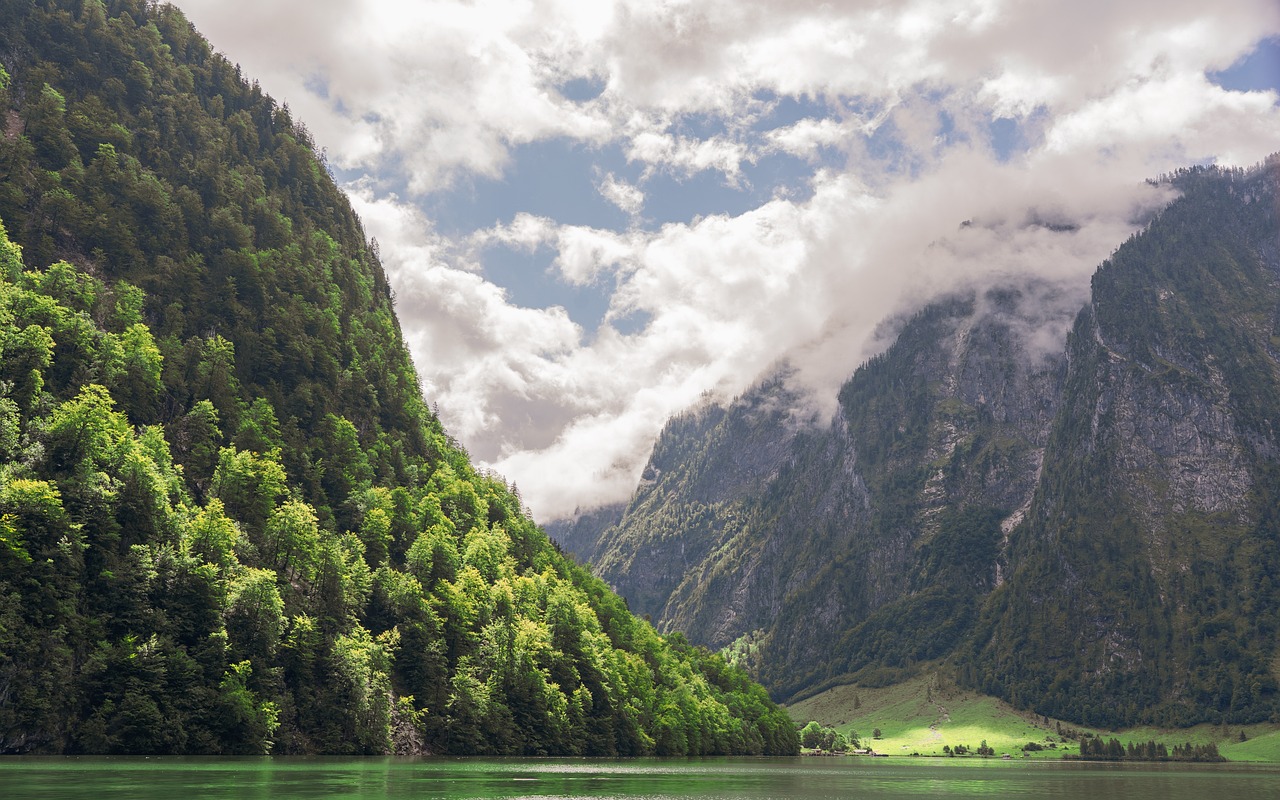
Piecing Techniques
Piecing is the backbone of quilt-making, and when it comes to landscape quilts, mastering this technique can open a world of creative possibilities. At its core, piecing involves sewing together different fabric pieces to create a cohesive design, and with landscape quilts, this means constructing intricate scenes that can evoke emotions and tell stories. There are several methods to explore, each offering unique advantages that can enhance your quilting experience.
One popular method is foundation piecing. This technique involves sewing fabric pieces onto a foundation material, often paper or fabric, which provides a stable base for your design. The beauty of foundation piecing lies in its precision; it allows you to create complex shapes and angles that might be difficult to achieve with traditional piecing methods. Imagine crafting a stunning mountain range or a winding river with sharp, clean lines that capture the viewer's eye. To get started with foundation piecing, you'll need to print or draw your design onto the foundation material, then layer and sew your fabric pieces according to the pattern.
Another exciting approach is improvisational piecing. This technique is all about freedom and creativity, allowing you to cut and sew fabric pieces without a predetermined pattern. Improvisational piecing encourages quilters to trust their instincts and embrace spontaneity. Picture yourself in a vibrant meadow, selecting colors and shapes that resonate with your vision, much like an artist painting a canvas. You can start with a central piece and build around it, letting the fabric guide your decisions as you go. This method can lead to truly unique and personal quilts, as each piece becomes a reflection of your artistic journey.
For those looking to blend traditional techniques with modern flair, curved piecing is an excellent choice. This method allows for the creation of soft, flowing shapes that mimic the natural contours found in landscapes. While it may seem daunting at first, with practice, you can achieve beautiful results that add depth and movement to your quilts. To master curved piecing, it's essential to use a gentle approach when sewing the curves, employing techniques such as clipping and easing to help the fabric lay flat and smooth.
When working with piecing techniques, remember that fabric choice plays a crucial role in the overall effect of your landscape quilt. Consider the following tips to enhance your piecing:
- Choose a variety of fabric types: Mixing cotton, silk, and specialty fabrics can create visual interest and texture.
- Play with scale: Use larger prints for foreground elements and smaller prints for background details to create depth.
- Experiment with colors: Think about how different hues interact with each other to evoke specific moods in your landscape.
In conclusion, piecing techniques are essential for any quilter looking to create stunning landscape quilts. Whether you choose the precision of foundation piecing, the freedom of improvisational piecing, or the elegance of curved piecing, each method offers a unique way to bring your artistic vision to life. So grab your fabrics, unleash your creativity, and let your quilts tell the beautiful stories of nature!
Q: What is the best fabric for piecing in landscape quilts?
A: Cotton is the most commonly used fabric due to its versatility and ease of handling. However, incorporating silk and specialty fabrics can add unique textures and visual interest.
Q: How do I prevent my fabric from stretching while piecing?
A: To minimize stretching, use a walking foot on your sewing machine, and avoid pulling the fabric as you sew. Additionally, consider using stabilizers or foundation materials for more intricate pieces.
Q: Can I mix different piecing techniques in one quilt?
A: Absolutely! Mixing techniques can enhance the complexity and beauty of your landscape quilt, allowing you to create unique designs that reflect your personal style.
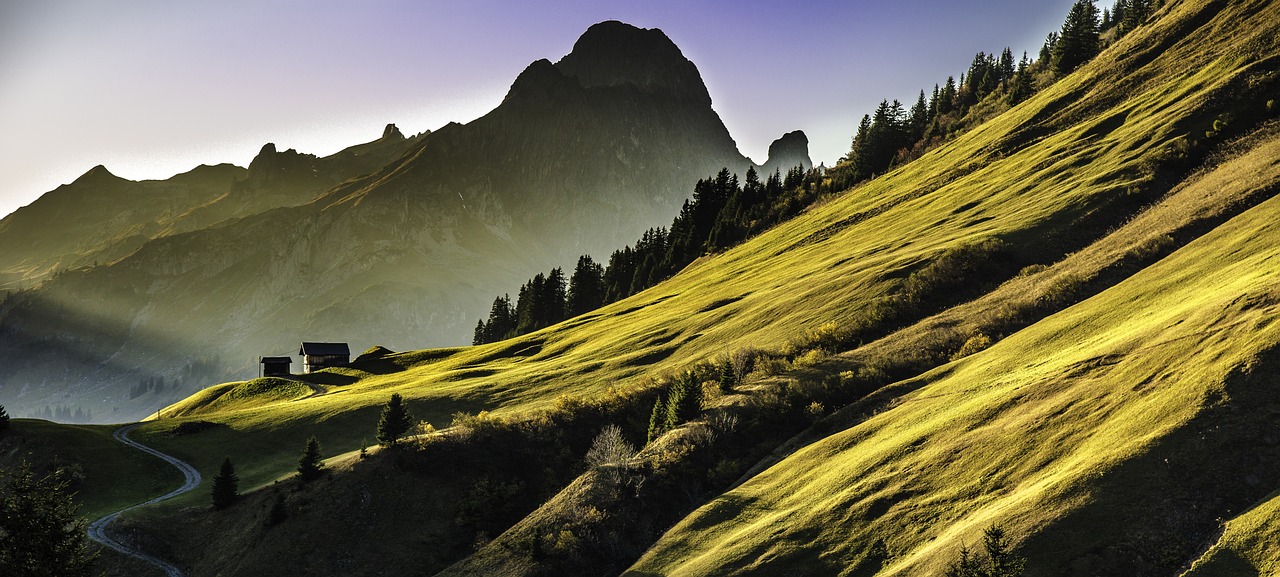
Appliqué Techniques
When it comes to landscape quilting, are like the brushstrokes of a painter, adding depth, detail, and dimension to your quilted masterpiece. Appliqué allows you to layer different fabrics to create stunning visual effects that can transform a simple quilt into a breathtaking representation of nature. There are several methods to explore, each offering unique benefits and aesthetic qualities that can enhance your overall design.
One popular method is raw-edge appliqué, where the edges of the fabric pieces are left unstitched. This technique gives a casual, modern look, allowing the quilt to have a more organic feel. It’s perfect for landscapes that feature flowing elements like water or grass, as the frayed edges can mimic the natural textures found in nature. However, it’s essential to use a stabilizer to prevent the fabric from shifting during the stitching process, ensuring that your design remains intact.
On the other hand, needle-turn appliqué is a more traditional method that involves turning the edges of the fabric under as you sew, resulting in a clean and polished finish. This technique requires a bit more skill and patience but can yield stunning results, especially for intricate designs. The finished edges create a beautiful, seamless look that can elevate your landscape quilt, making it appear more refined and professional.
In addition to these methods, you can also experiment with fusible appliqué, which uses a fusible webbing to adhere fabric pieces to the quilt. This technique is fantastic for beginners because it simplifies the process of attaching shapes without the need for extensive hand-stitching. Simply cut out your desired shapes, iron them onto the quilt top, and then stitch around the edges for a secure hold. This method is particularly effective for creating bold, graphic elements in your landscapes.
To give you a clearer understanding of these techniques, here's a simple comparison:
| Technique | Description | Best For |
|---|---|---|
| Raw-Edge Appliqué | Edges left unstitched, creating a frayed look. | Casual, organic landscapes. |
| Needle-Turn Appliqué | Edges turned under, resulting in a clean finish. | Intricate, refined designs. |
| Fusible Appliqué | Uses fusible webbing for easy attachment. | Bold, graphic elements. |
Whichever technique you choose, remember that practice makes perfect. Don’t be afraid to experiment with different fabrics and designs. The beauty of landscape quilting is that you can express your creativity and tell a story through your work. Each quilt you create can reflect a moment in time, a cherished memory, or simply the beauty of the world around you. So grab your fabrics and let your imagination run wild!
- What is the best fabric for appliqué? Cotton is a popular choice because it’s easy to work with, but silk and specialty fabrics can also be used for unique effects.
- Can I mix different appliqué techniques in one quilt? Absolutely! Combining techniques can add variety and interest to your quilt.
- How do I prevent my appliqué pieces from fraying? Using a stabilizer or choosing a technique like needle-turn appliqué can help minimize fraying.
- What tools do I need for appliqué? Basic tools include fabric scissors, a rotary cutter, an iron, and sewing needles suitable for your chosen technique.
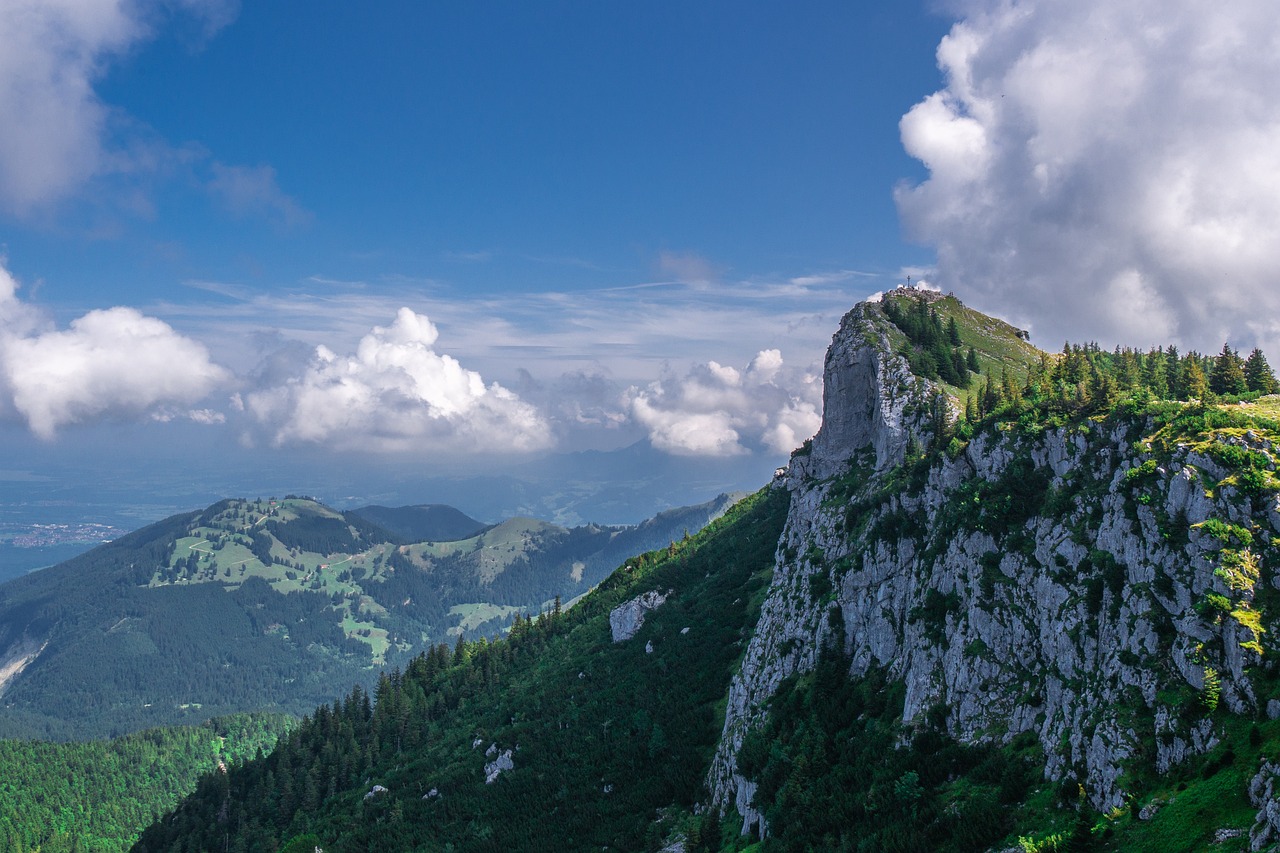
Finishing Touches for Your Quilt
When it comes to landscape quilting, the finishing touches are what truly elevate your masterpiece from a simple collection of fabrics to a stunning work of art. These final steps not only enhance the aesthetic appeal of your quilt but also ensure that it is durable and ready for display. Think of it as the icing on a cake; without it, the cake might be delicious, but it lacks that visual wow factor that makes it irresistible. So, let’s dive into the essential components of finishing your quilt and how they can make all the difference.
The first aspect to consider is binding. Binding is crucial for creating a clean and polished edge around your quilt. It acts as a frame, highlighting the beautiful landscape you've stitched together. There are various binding techniques to choose from, including straight binding and bias binding. Straight binding is simpler and works well for quilts with straight edges, while bias binding is more flexible and can be used on quilts with curved edges. Here’s a quick comparison:
| Binding Type | Best For | Difficulty Level |
|---|---|---|
| Straight Binding | Straight edges | Easy |
| Bias Binding | Curved edges | Moderate |
Once you've chosen your binding technique, the next step is to consider labeling your quilt. A label adds a personal touch and can tell the story behind your creation. It might include your name, the date, and even a title that reflects the inspiration behind your landscape quilt. You can create labels using fabric markers, embroidered patches, or printed fabric. This small detail not only personalizes your quilt but also serves as a reminder of the love and effort you put into your craft.
In addition to binding and labeling, don’t forget about the importance of pressing. A good pressing can make your quilt look more professional. After you’ve completed the binding, take the time to carefully press your seams and edges. Use a steam iron to help set the stitches and remove any wrinkles. It’s amazing how a little bit of pressing can transform your quilt, making the colors pop and the textures stand out.
Finally, consider how you will display or store your quilt. If you plan to hang it, make sure to use a proper hanging sleeve on the back. This will allow you to easily showcase your work without damaging the quilt. If you’re storing it, keep it in a cool, dry place, away from direct sunlight to prevent fading. Remember, your quilt is a labor of love, and taking care of it ensures that it remains a cherished piece for years to come.
- What is the best fabric for binding? Cotton is typically the best choice for binding due to its durability and ease of handling.
- How do I create a quilt label? You can use fabric markers, embroidery, or printable fabric sheets to create a label that includes your name, date, and a title.
- What is the purpose of pressing my quilt? Pressing helps to set the seams, remove wrinkles, and enhance the overall appearance of your quilt.
- How should I store my quilt? Store your quilt in a cool, dry place, away from direct sunlight to prevent fading and damage.
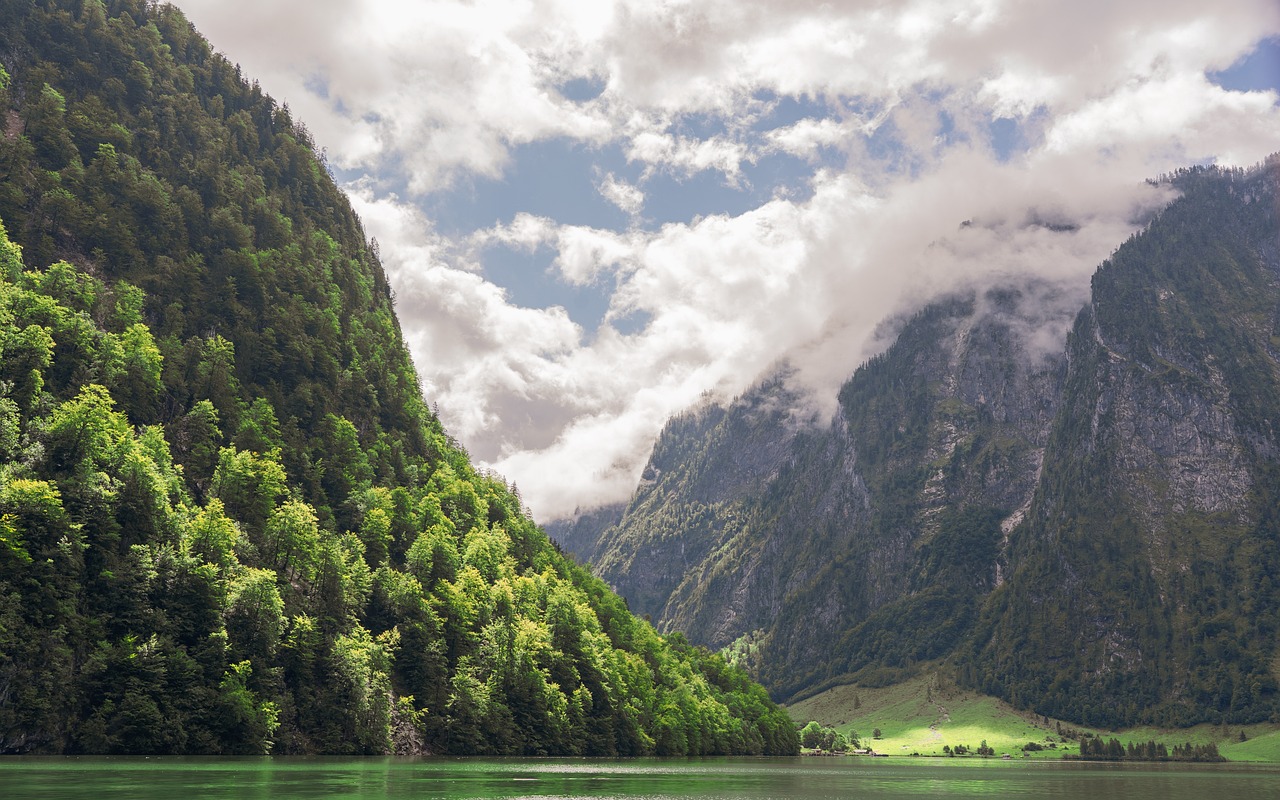
Binding Techniques
Binding is one of those crucial steps in quilt-making that can make or break the overall appearance of your landscape quilt. Think of it as the frame around a beautiful painting—it holds everything together and enhances the visual appeal. When it comes to binding techniques, there are several options to consider, each with its own unique flair. The most common methods include straight binding and bias binding, but let's dive deeper into what makes each technique special.
Straight binding is the most straightforward method, where strips of fabric are cut straight across the grain. This technique is perfect for quilts that have a square or rectangular shape. The beauty of straight binding lies in its simplicity and ease of use. However, it’s important to ensure that your strips are the right width—typically, 2.5 inches is a popular choice. You’ll want to attach the binding to the quilt’s edges, fold it over, and then stitch it down, creating a clean and polished finish. This method is quick and efficient, making it a favorite among quilters who want to complete their projects swiftly.
On the other hand, bias binding is cut on the diagonal of the fabric, which allows it to stretch and curve around the corners of your quilt more easily. This technique is especially beneficial for quilts with rounded edges or intricate shapes. Bias binding can give your quilt a more tailored look, and while it may take a bit more time to prepare, the results are often well worth the effort. When making bias binding, you’ll need to cut your fabric into strips at a 45-degree angle, which can be a bit tricky but rewarding when done correctly.
To help you decide which binding technique is best for your landscape quilt, here’s a quick comparison:
| Binding Technique | Best For | Ease of Use | Visual Appeal |
|---|---|---|---|
| Straight Binding | Square or rectangular quilts | Easy | Clean and simple |
| Bias Binding | Curved or intricate shapes | Moderate | More tailored and professional |
Regardless of the technique you choose, don’t forget to pay attention to the fabric you select for your binding. It should complement the overall design of your quilt. A contrasting color can make your quilt pop, while a matching shade can create a more cohesive look. Experimenting with different fabrics can lead to delightful surprises and elevate your quilt to new heights.
Finally, once you've attached your binding, it’s time to finish it off with a few final touches. You can hand-stitch the binding to the back of the quilt for a more polished look or use a machine for a quicker finish. Whichever method you choose, ensure that the stitches are secure and blend well with the quilt. After all, the binding is the cherry on top of your landscape quilt masterpiece!
- What is the best fabric for binding? Cotton fabric is generally the best choice due to its durability and ease of handling.
- Can I use a different fabric for binding than I used for the quilt? Absolutely! Using a contrasting fabric can add a unique touch to your quilt.
- How wide should my binding strips be? A width of 2.5 inches is commonly used, but you can adjust based on your preference.
- Is it necessary to pre-wash my binding fabric? It’s recommended to pre-wash to avoid shrinkage and color bleeding later on.
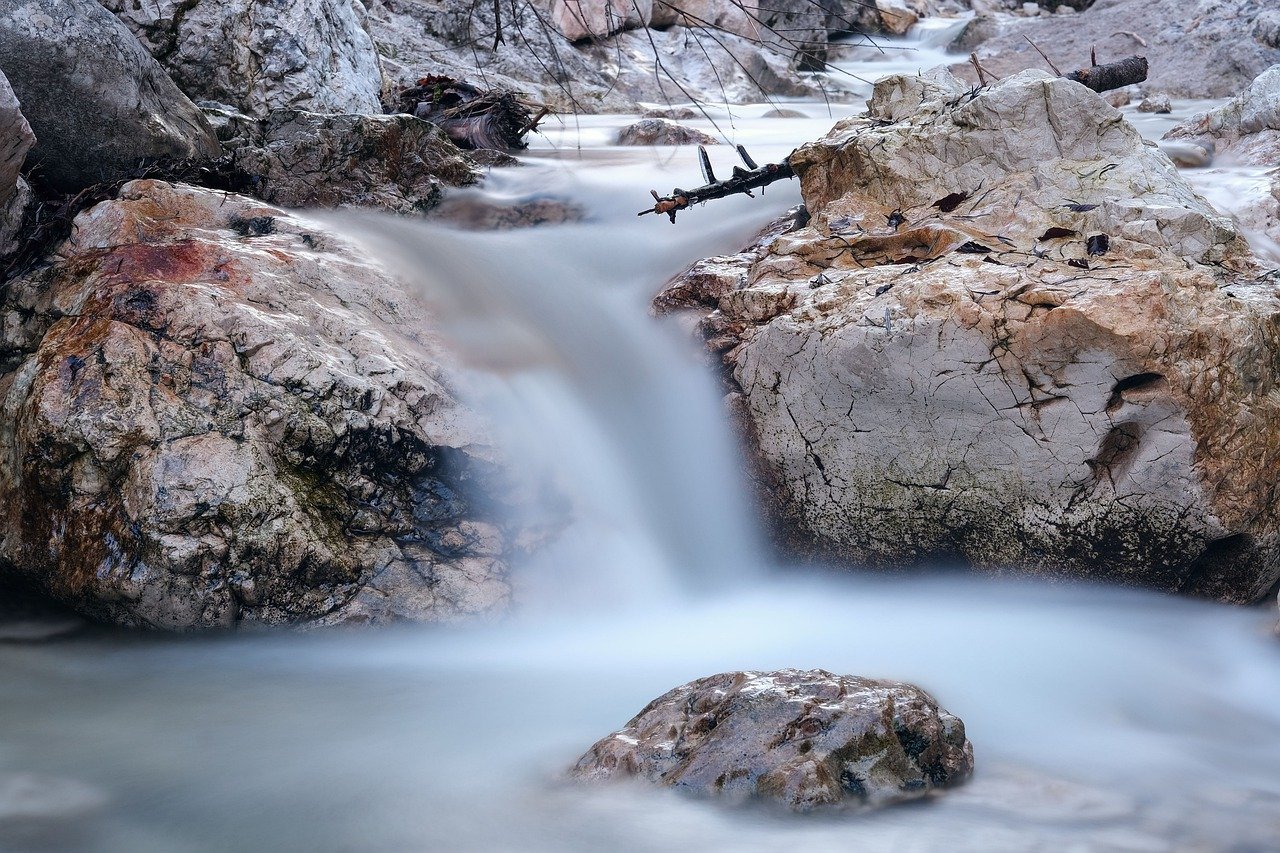
Labeling Your Quilt
Labeling your quilt is not just a practical step; it's a cherished tradition that adds a touch of personality and significance to your work. Think of it as signing your masterpiece—an opportunity to tell the story behind your creation. Whether you’re gifting your quilt, entering it in a competition, or simply keeping it for yourself, a label can provide important information such as your name, the date of completion, and even the inspiration behind the quilt. It’s a way to connect with future generations who may come across your work.
When creating a label, consider the design and materials you want to use. You can opt for fabric labels that match the aesthetic of your quilt or create a unique design that stands out. Many quilters use fabric markers or embroidery to write their details, but you can also print labels using fabric sheets designed for inkjet printers. Here are a few elements you might want to include in your quilt label:
- Your Name: Always include your name as the creator.
- Date: The date when the quilt was completed.
- Title: A creative name for your quilt, if you have one.
- Inspiration: A brief note about what inspired the quilt, which can add a personal touch.
Once you have your label designed, it's important to attach it securely to your quilt. You can sew it onto a corner of the back or incorporate it into the binding. Make sure it’s placed where it can be easily seen but doesn't detract from the overall design of your quilt. Remember, a well-placed label can serve as a conversation starter, allowing you to share the story behind your quilt with others.
In addition to personal labels, consider creating care labels that instruct the recipient on how to care for the quilt. This can include washing instructions or reminders to avoid direct sunlight, ensuring your quilt remains beautiful for years to come. A simple example of a care label could be:
| Care Instructions |
|---|
| Machine wash cold, gentle cycle |
| Tumble dry low or air dry |
| Avoid bleach and fabric softeners |
In essence, labeling your quilt not only preserves its story but also adds a layer of authenticity and care that enhances its value. So, take a moment to thoughtfully create a label that reflects your journey as a quilter, and let your quilts speak for themselves long after you’re gone.
Here are some common questions quilters have about labeling their quilts:
- What materials do I need to make a quilt label? You can use fabric, fabric markers, or printable fabric sheets. Choose materials that will withstand washing and wear.
- Where should I place my quilt label? The bottom corner on the back of the quilt is a popular spot, but you can also incorporate it into the binding.
- Can I use a store-bought label? Absolutely! Store-bought labels can save time and still add a professional touch to your quilt.
Frequently Asked Questions
- What is landscape quilting?
Landscape quilting is a creative form of textile art that allows quilters to depict natural scenes using various fabrics and techniques. It combines artistry and craftsmanship to create stunning quilts that capture the beauty of nature.
- How do I choose the right fabrics for my landscape quilt?
Selecting the right fabrics is crucial for achieving the desired visual effect in your quilt. Focus on a variety of fabric types, including cotton and silk, and consider the color palette and texture to enhance your landscape design.
- What are some essential techniques for landscape quilting?
Key techniques include piecing, appliqué, and quilting methods. Mastering these techniques will help you bring your designs to life, allowing for intricate details and textures that enhance the overall impact of your quilt.
- Where can I find inspiration for my landscape quilt designs?
Inspiration can come from various sources such as nature photography, art, or even personal experiences. Exploring these avenues can spark your imagination and lead to unique and captivating quilt designs.
- What finishing touches should I consider for my quilt?
Finishing touches like binding and labeling are essential for a polished look. Choosing the right binding technique and creating a meaningful label can elevate your quilt, making it ready for display and adding a personal touch.
- What are the different binding techniques I can use?
There are several binding techniques, including straight binding and bias binding. Each method has its own advantages, so consider the look you want to achieve when selecting the best option for your landscape quilt.
- How do I label my quilt?
Labeling your quilt adds a personal touch and tells the story behind your creation. You can create a label using fabric markers, embroidery, or printed fabric, and attach it securely to the back of your quilt.



















